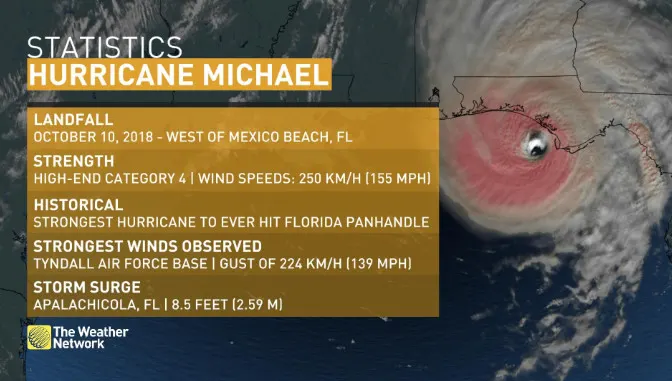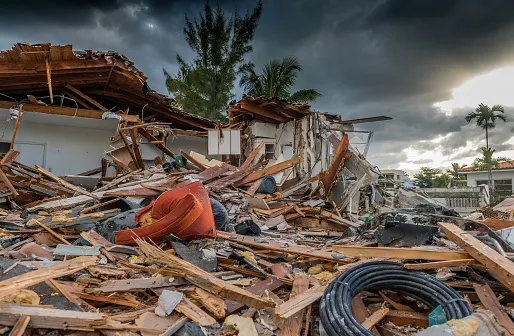
Past the peak of hurricane season, but don't let your guard down
The peak of the hurricane season may have already passed, but it is important not to let your guard down just yet.
With a distinct hurricane season lasting from June 1 to November 30, September is typically known to be the sharp peak of the season. As the month comes to a close and we head into October however, it's important not to let your guard down for any sort of tropical activity.
THE WORST MAY NOT BE BEHIND US
Hurricane Dorian will be remembered as one the worst storms of the year as Bahamians continue to recover in its devastating wake. Aerial video of the Abaco Islands in the northern Bahamas, worst hit by the then-Category 5 hurricane, showed widespread devastation days after the storm tore through.
MUST SEE: How one Canadian is trying to impact Bahamian relief
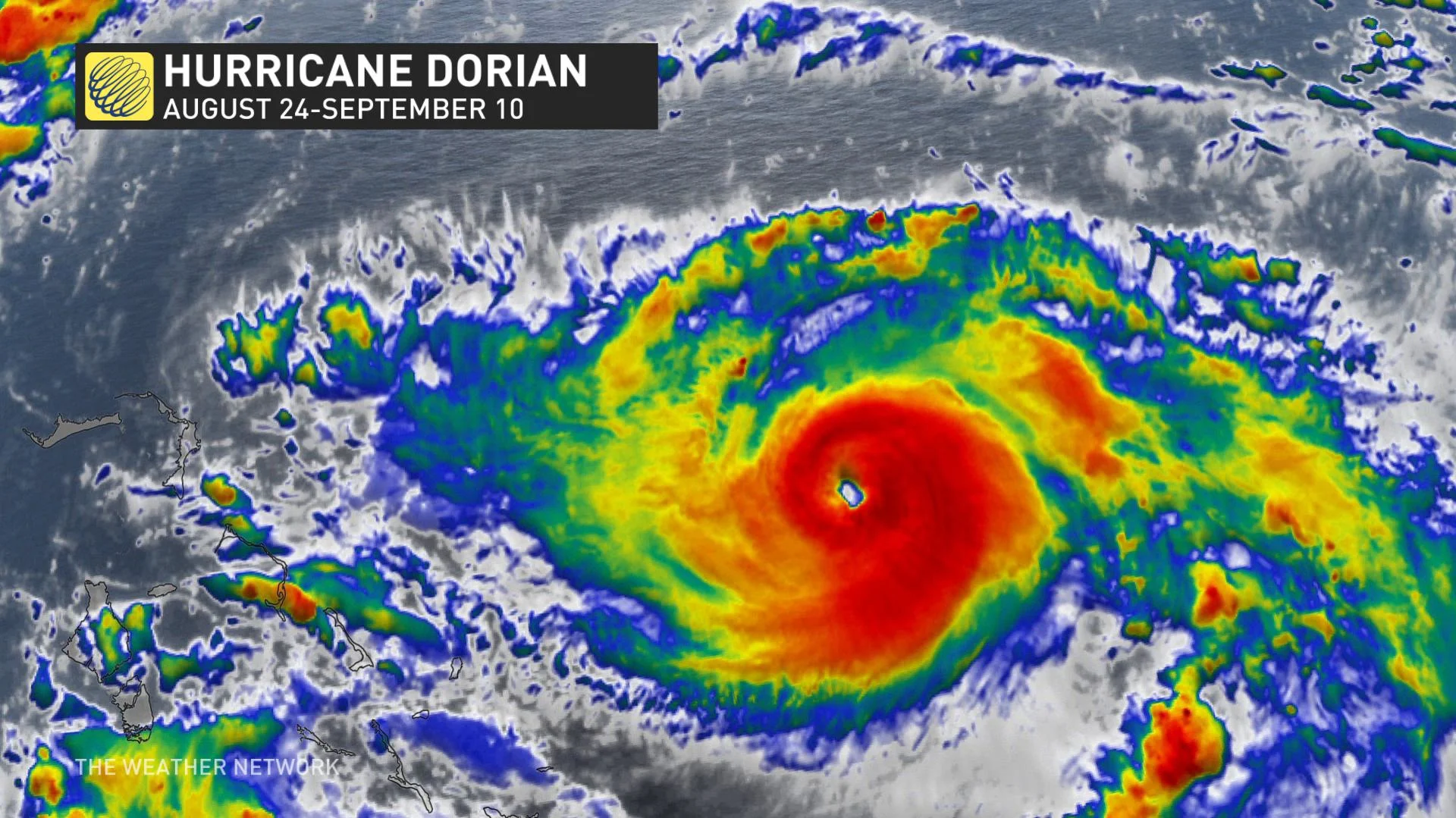
Total insured and uninsured losses in the Bahamas amounted to $7 billion, including buildings and business interruptions, according to a preliminary estimate by Karen Clark & Co, a consultancy that provides catastrophic modeling and risk management services, Reuters news agency reported.
Eight named storms have since followed in the Atlantic basin, with the season's climatological peak occurring around September 10.
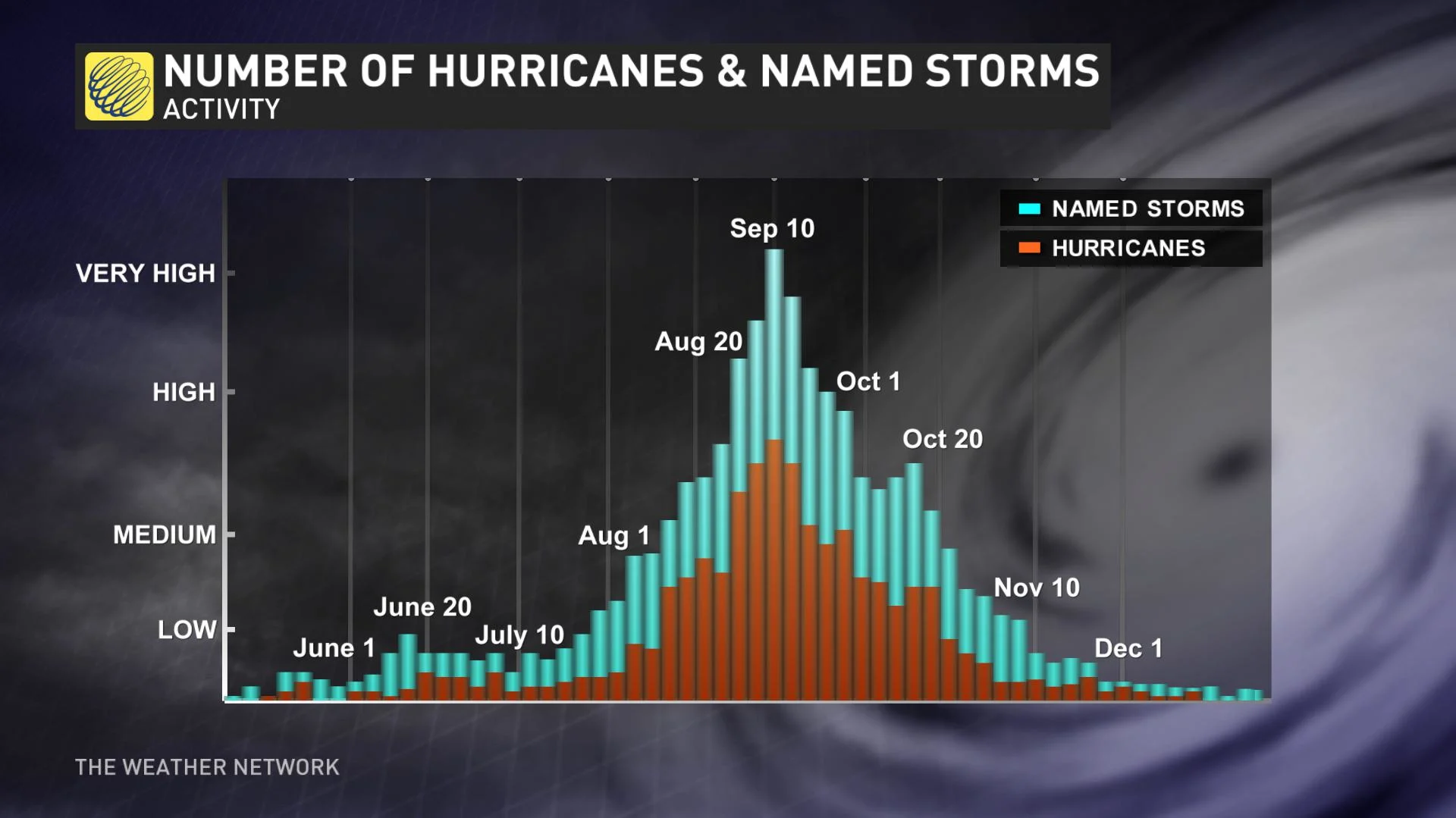
Now past the peak of the season, and on our way into October, ocean temperatures tend to start to cool slightly after the summer heat. This means that for some areas in the Atlantic hurricane basin, this could hinder tropical development or weaken an existing storm. The reason our ocean temperatures cool is because the sun angle is getting lower in the sky as we enter into the fall season. Additionally we start to see more cold fronts sink farther to the south bringing wind shear, which is a hurricane inhibitor, and colder air with it.
In general the tropical activity off the west coast of Africa (known as easterly waves) also tend to diminish. While the activity may be slowing down, we still need to monitor the Atlantic closely.
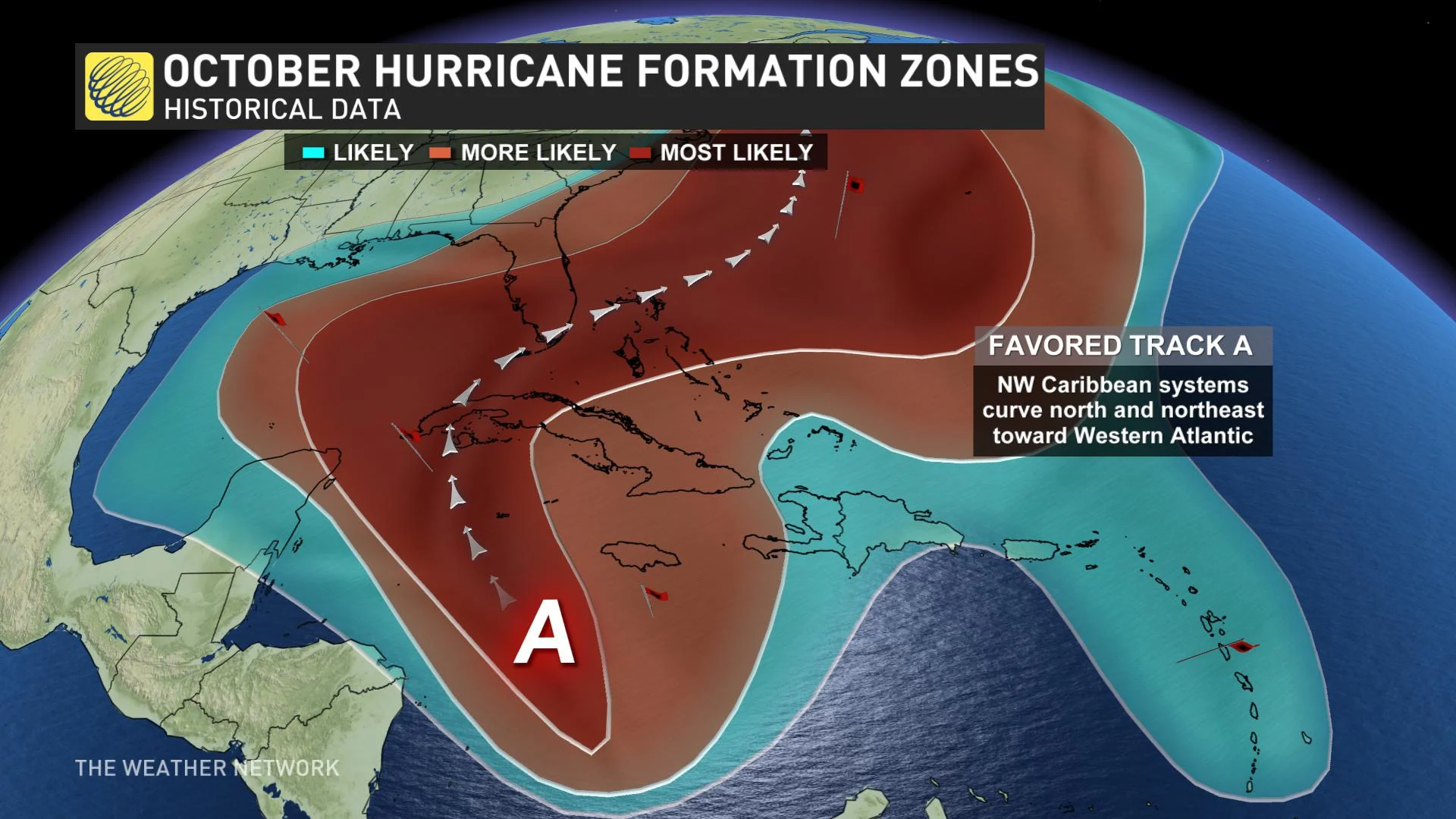
REMEMBER: THE STRONGEST HURRICANE OF 2018 WAS AN OCTOBER FLORIDA LANDFALL
On October 20, 2018 Hurricane Michael made landfall in Mexico Beach, Florida, an area known as the Panhandle. It brought devastating storm surge, which completely detroyed beachfront homes, making landfall as a Category 4 hurricane.
After further investigation, it was then later increased to Category 5 strength at landfall by the U.S. National Hurricane Center, making it one of only four storms to have made landfall in the United States at Category 5 intensity.
Michael started in the Caribbean sea and slowly tracked into the Gulf of Mexico, rapidly instensifying into a Category 5 hurricane with sustained winds of 260 km/h upon approach.
Hurricane Michael was responsible for at least 74 deaths and caused an estimated $25 billion in damages.
